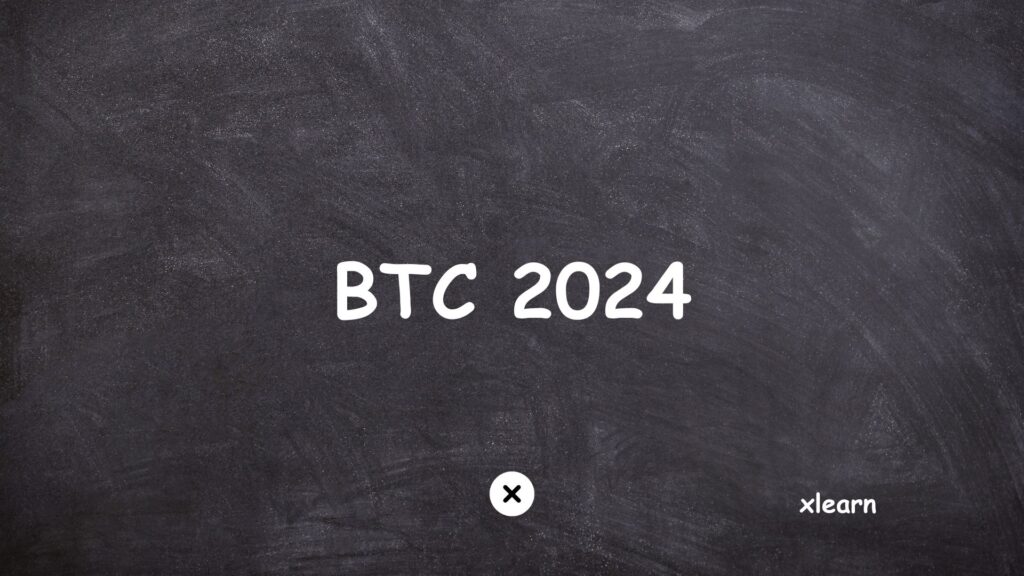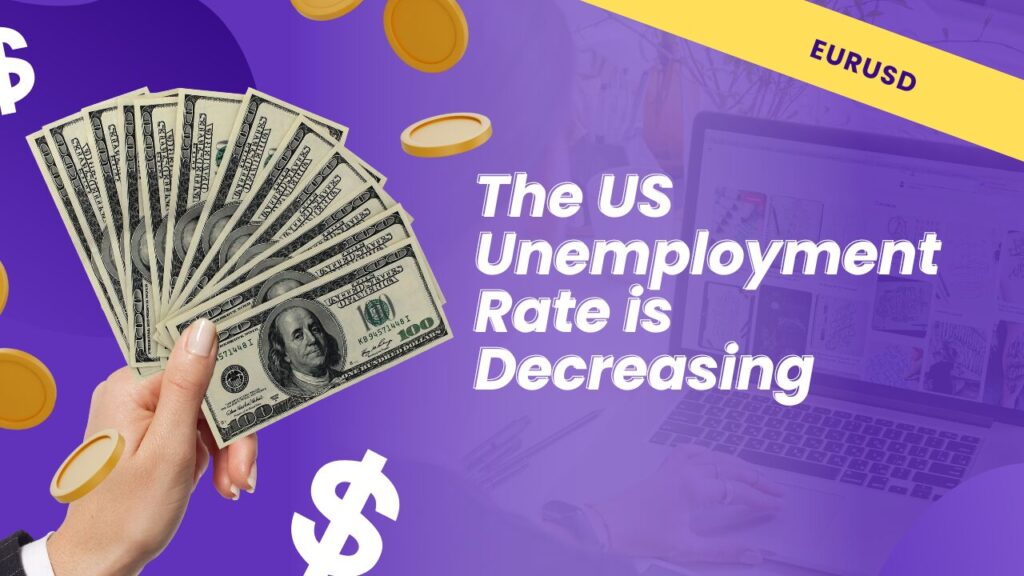In 2025, AI has become a trusted partner in personal finance no longer just for hedge funds, but for everyday users managing budgets, spending, and investments from their smartphones.
According to BusinessWire, 61% of U.S. adults now use AI for some aspect of their finances, with Millennials leading the way. A Menlo Ventures study also found that over half of Americans trust AI financial advice as much as news outlets.
This shift is fueled by secure open banking APIs, on-device AI (like Apple Intelligence) that keeps data private, and lower compute costs making powerful tools widely accessible. The result? Anyone with a phone can now get smart, personalized financial guidance turning money management into a proactive, AI-powered experience.
Table of Contents
How AI Money Tools Actually Work

AI in personal finance might sound complicated—but it’s designed to simplify your life, not make it harder.
In 2025, the best money apps run on artificial intelligence that works quietly in the background. These tools analyze your income and spending, learn your habits, and give you personalized suggestions in real time—no spreadsheets or financial degrees required.
1. Large Language Models (LLMs)
These smart assistants understand plain English. You can ask questions like:
“Why did I spend so much on food last month?”
“Can I afford that weekend trip?”
LLMs scan your connected accounts and deliver clear, customized insights—often with helpful charts. A great example is Intuit Assist inside Credit Karma, which acts like your personal money coach.
2. Machine Learning for Cash Flow
Machine learning models track your financial behavior and forecast what’s next. They can warn you before you run low on cash, miss a bill, or overdraft.
Apps like Oportun take it a step further—automatically moving small amounts into savings when you can afford it, and even covering overdraft fees in some cases.
3. Portfolio Optimization Algorithms
For investing, AI helps you stay balanced and tax-efficient without lifting a finger. These algorithms:
- Rebalance your portfolio
- Harvest tax losses
- Move idle cash into better-performing assets
Wealthfront, for example, uses features like PassivePlus and Self-Driving Money to make your investments work smarter, not harder.
4. On-Device AI for Privacy
Privacy matters and that’s why many modern apps now use on-device AI. Tools like Apple Intelligence process your financial data directly on your phone, so nothing sensitive leaves your device.
Today’s AI money tools do more than automate—they coach, protect, and optimize your finances in real time. Whether you want to stay on budget, build savings, or invest wisely, AI helps you take control without the stress.
It’s like having a smart financial assistant always ready, always learning, and always in your pocket.
AI for Budgeting: Real-Time Cash-Flow Coaching

Forget end-of-month spreadsheets—2025 is all about real-time budgeting that guides you while you spend.
Traditional budgeting meant logging expenses and reviewing what went wrong after the damage was done. But AI has changed that. Today’s budgeting apps don’t just track your spending—they coach you in the moment.
These smart tools connect to your bank accounts, learn your habits, and offer proactive advice. They predict shortfalls, flag risky patterns, and nudge you before you overspend—all in real time.
You can even ask simple questions like:
“Why is my grocery bill so high?”
“How much can I spend this weekend?”
And get instant, personalized answers based on your actual data—no spreadsheets, no guesswork.
Why AI Budgeting Tools Matter in 2025
AI budgeting apps combine machine learning with natural language understanding. They help you:
- Spot unnecessary spending
- Stay within your budget categories
- Avoid overdrafts
- Track savings goals automatically
They’re like a money coach that works around the clock—without judgment.
Best AI Budgeting Apps to Try
- Monarch Money – Chat with your finances and get insights across all accounts, subscriptions, and shared goals.
$99/year - YNAB – Uses zero-based budgeting and AI forecasts to keep you ahead of overspending.
$14.99/month - Copilot (iOS) – Automatically categorizes spending and integrates with Siri for hands-free updates.
$95/year - Google Sheets + Gemini – Ask questions in plain English, and Gemini builds pivot tables or expense summaries for you.
Free with Google Workspace
Why These Tools Are Taking Over
With Mint officially shut down in 2024, many users looked for better alternatives. While Intuit pushed people toward Credit Karma, it lacked full budgeting features—like goal tracking and forecasting.
That opened the door for smarter, AI-powered tools like Monarch, YNAB, Copilot, and Gemini to lead the way.
In short, budgeting in 2025 isn’t about cutting every corner—it’s about gaining control with support that’s smart, real-time, and personalized. With the right AI tool, managing your money can feel less like a chore—and more like progress.
AI for Saving: Micro-Sweeps & Overdraft Protection

Saving money in 2025 isn’t about strict discipline—it’s about letting AI automate the process for you.
Today’s smartest savings apps use real-time data and behavioral patterns to move small amounts of money into your savings—automatically and effortlessly. This approach, known as micro-savings or cash-flow automation, works behind the scenes to help you build a financial cushion without feeling the pinch.
Instead of setting fixed transfers, AI adjusts in real time based on your cash flow. When you have a little extra, it saves. When money’s tight, it pauses. It’s flexible, responsive, and incredibly effective.
Top AI-Powered Saving Tools in 2025
- Oportun (formerly Digit) uses machine learning to analyze your daily finances. When there’s spare cash, it moves it into savings. If an overdraft is coming, it pauses transfers—or even reimburses the fee up to twice a year.
- Plum (UK/EU) applies behavioral science to boost your savings. It rounds up transactions, sets up auto-challenges, and even switches you to better utility deals—helping you stash £20–£60 extra per month without effort.
- HyperJar guides users through a smart budgeting system called “spendonomics.” You allocate funds into digital jars with specific goals—like groceries or travel—and stick to spending limits. The result? Up to £2,646 saved per year.
- Monzo Jars offer up to 4.25% APY, letting you grow savings faster than traditional banks. You can lock funds behind goal-specific jars—like rent, bills, or emergencies—to curb impulsive spending and stay focused.
These tools work because they combine smart automation with behavioral design. The jar system gives every dollar a purpose, while the AI ensures you’re saving at just the right time—without needing to think about it.
Whether you struggle to build savings or just want to grow them more efficiently, AI gives you a hands-off, stress-free way to stay financially prepared.
AI for Investing: From Robo-Portfolios to Real-Time Trade Insights

In 2025, AI is transforming the way people invest—making it faster, smarter, and more accessible than ever.
You no longer need a personal financial advisor or hours of market research. Whether you’re new to investing or managing a growing portfolio, AI-powered tools can help you build wealth, manage risk, and make informed decisions—automatically and in real time.
From automated retirement planning to live trade alerts, today’s platforms use advanced algorithms and large language models to give you a customized investing experience.
Leading AI Investing Platforms in 2025
Wealthfront
Wealthfront goes beyond traditional robo-advising with features like automated tax-loss harvesting and Self-Driving Money, which routes your income into savings, investments, or bills—based on your financial goals.
📌 0.25% annual fee, $500 minimum
Betterment
Betterment now includes GPT-powered goal tracking and portfolio feedback. You’ll get clear progress insights—like how close you are to retirement or a major purchase—without having to crunch the numbers yourself.
📌 0.25% annual fee, no minimum
Robinhood Cortex
Launching in late 2025, Cortex delivers AI-generated trade insights, highlights unusual market activity, and offers custom indicators for active traders. It’s designed to give you a data-driven edge without relying on gut feeling.
📌 Included with Robinhood Gold
JP Morgan Quest IndexGPT
This AI-driven index fund uses institutional-grade machine learning to build and rebalance a high-efficiency passive portfolio, previously only accessible to big investors.
📌 Available via JP Morgan platform
Why More Investors Are Using AI
AI investing tools help you:
- Stay diversified and tax-efficient
- Avoid emotional decisions
- Access personalized recommendations
- Keep your money working—even when you’re not
They’re cost-effective, fast, and designed for both hands-on traders and passive investors alike.
Pro Tip:
Let AI crunch the data—but always verify big financial decisions. While LLMs are powerful, they’re not perfect. Use them as your first layer of insight—not your only one.
If you want to invest smarter in 2025, now’s the time to explore what AI has to offer—whether you’re setting long-term goals or looking for real-time trading signals.
Privacy, Security & Regulation: How Safe Is AI for Your Money?

As AI tools become more involved in managing your finances, privacy and security are top priorities—and 2025 is setting a new standard.
Today’s best AI finance apps are built with security-first architecture. That means your data is protected through bank-grade encryption, local on-device processing, and growing regulatory oversight. But staying safe also depends on how you use these tools.
On-Device AI Means More Control
One of the biggest privacy improvements this year is the rise of on-device AI. Tools like Apple Intelligence process your financial queries directly on your phone—so your raw transaction data never leaves your device.
This reduces reliance on the cloud, speeds up performance, and gives you more control over your sensitive information. More apps are now adopting this approach, making local processing the new gold standard for privacy.
Stronger Regulation Is Here
Governments are catching up with the AI boom.
As of July 8, 2024, the SEC now requires robo-advisors to operate through verified platforms (apps or websites) and disclose their algorithms via updated Form ADV filings by March 31, 2025.
These new rules aim to:
- Make AI-driven decisions more transparent
- Ensure fair treatment of users
- Hold platforms legally accountable for bad or misleading advice
What You Can Do
Even with improved technology and regulations, your habits still matter. Use strong passwords, enable two-factor authentication, check your app’s data-sharing settings regularly, and stay alert to phishing attempts.
With the right tools and a little awareness, AI can help you manage your money securely—without sacrificing privacy or peace of mind.
Getting Started in Five Simple Steps

Ready to let AI help you manage your money?
Getting started doesn’t need to be complicated. The key is to set a strong foundation, let the AI learn your habits, and then gradually unlock more advanced features like savings automation and smart investing.
Here’s a step-by-step plan to begin your AI-powered personal finance journey in 2025:
1. Pick Your Hub
Start by choosing a central budgeting app that fits your lifestyle. Think of it as your financial command center.
Top picks include:
- Monarch Money – for full-featured budgeting and family financial planning
- YNAB – if you like structure and want to track every dollar
- Copilot (iOS) – great for Apple users who prefer automation
- Google Sheets + Gemini – perfect if you like a DIY, spreadsheet-based system with AI support
Choose just one to begin with—don’t overwhelm yourself by trying to use everything at once.
2. Link Accounts Carefully
Connect your main checking account and primary credit card first. This gives the AI enough data to start generating helpful insights.
Avoid linking investment accounts or secondary cards until you’re comfortable with the platform. Keep it simple in the beginning—you can always expand later.
3. Set SMART Financial Goals
Use the AI to set clear, measurable goals that align with your current situation.
Examples:
- “Save $5,000 for an emergency fund in 12 months”
- “Pay off $3,000 in credit card debt within 6 months”
- “Invest $100/month for long-term growth”
The clearer your goals, the more effective the AI will be at keeping you on track.
4. Let It Run for 30 Days
Give the system time to learn your habits. Don’t rush into making changes right away.
For the first month:
- Monitor your AI-generated insights
- Watch for spending trends or unexpected fees
- Review any alerts or nudges it gives you
By the end of 30 days, you’ll have a clear picture of your financial behavior—and the AI will be much better at tailoring advice to you.
5. Add Investing Last
Once your budgeting and saving systems are in place, it’s time to start growing your money.
Apps like Wealthfront, Betterment, or your preferred broker can automatically:
- Invest extra cash
- Rebalance your portfolio
- Minimize taxes through smart algorithms
You don’t need to be a stock market expert—just connect the platform and let the AI handle the rest.
Start slow, stay consistent.
You don’t need to master every tool overnight. Let AI simplify your finances one step at a time—and watch your money habits transform over the next few months.
Frequently Asked Questions
- Is AI safe for managing my money?
Yes. Most apps use bank-grade encryption and follow strict privacy rules. Just be sure to enable 2-factor authentication and regularly review your settings. - Can AI fully replace a financial advisor?
Not yet. AI is great for budgeting, saving, and investing basics, but for tax planning and long-term strategy, human advisors still have the edge. - What if the AI makes a mistake?
Most platforms let you override decisions, set spending caps, or adjust savings rules. Always export and review your data monthly. - What’s the best AI budgeting app for beginners?
Start with YNAB or Monarch Money—both are simple to use and come with powerful AI features. - Do I need to pay for these tools?
Some apps offer free versions, but paid plans unlock smart features like automated savings, custom insights, and goal tracking. - Can I use AI to manage money with my partner?
Yes! Apps like Monarch and Zeta are designed for couples and families to manage shared budgets and goals together. - Can AI help me get out of debt?
Absolutely. Many apps offer custom payoff plans and track your debt progress automatically. - Does AI work for freelancers or irregular income?
Yes. Tools like Copilot and YNAB adapt well to non-traditional income flows. - Will AI tell me where to invest?
Yes but typically through robo-advisors like Wealthfront or Betterment, which suggest low-cost, diversified portfolios. - Can AI detect subscriptions or hidden fees?
Definitely. AI budgeting tools often flag recurring charges, helping you cut back on things you forgot you were paying for. - Do I need to link my bank accounts?
It’s optional—but linking accounts gives the AI full access to real-time data, making the experience much smarter and more accurate.
Final Thoughts
AI is no longer just a trend in investing it’s becoming the new standard. From automated portfolio management to real-time trading insights, today’s AI-driven platforms offer tools that are smarter, faster, and more accessible than ever before.
Whether you’re building a long-term retirement plan or making short-term trades, AI can help you:
- Stay on track with your goals
- Minimize emotional decisions
- Optimize returns and reduce effort
As long as you stay informed and use human judgment where it counts, AI can be your most reliable investing partner in 2025 and beyond.
The future of investing is here and it’s powered by artificial intelligence.




